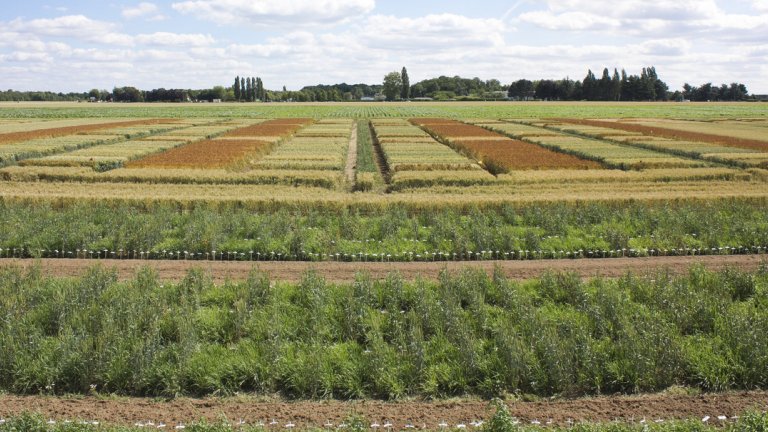
49 media
Add to my selection
The researchers of this unit study the genetic, epigenetic and molecular control of traits and their importance in the adaptation and evolutionary history of plant species.

Our work is guided by the way scientists question the world around them and we translate their research into images to help people to understand the world better and to awaken their curiosity and wonderment.